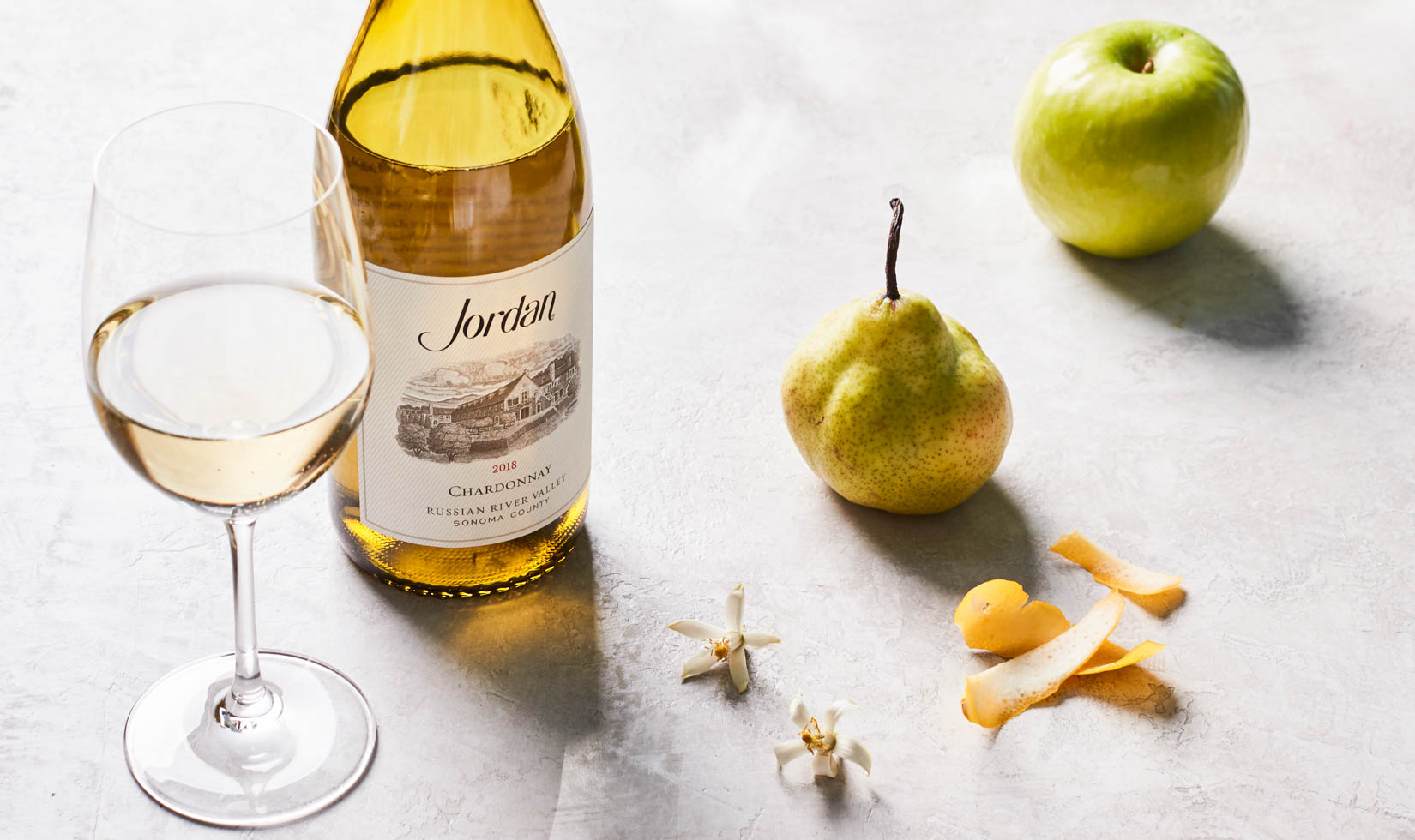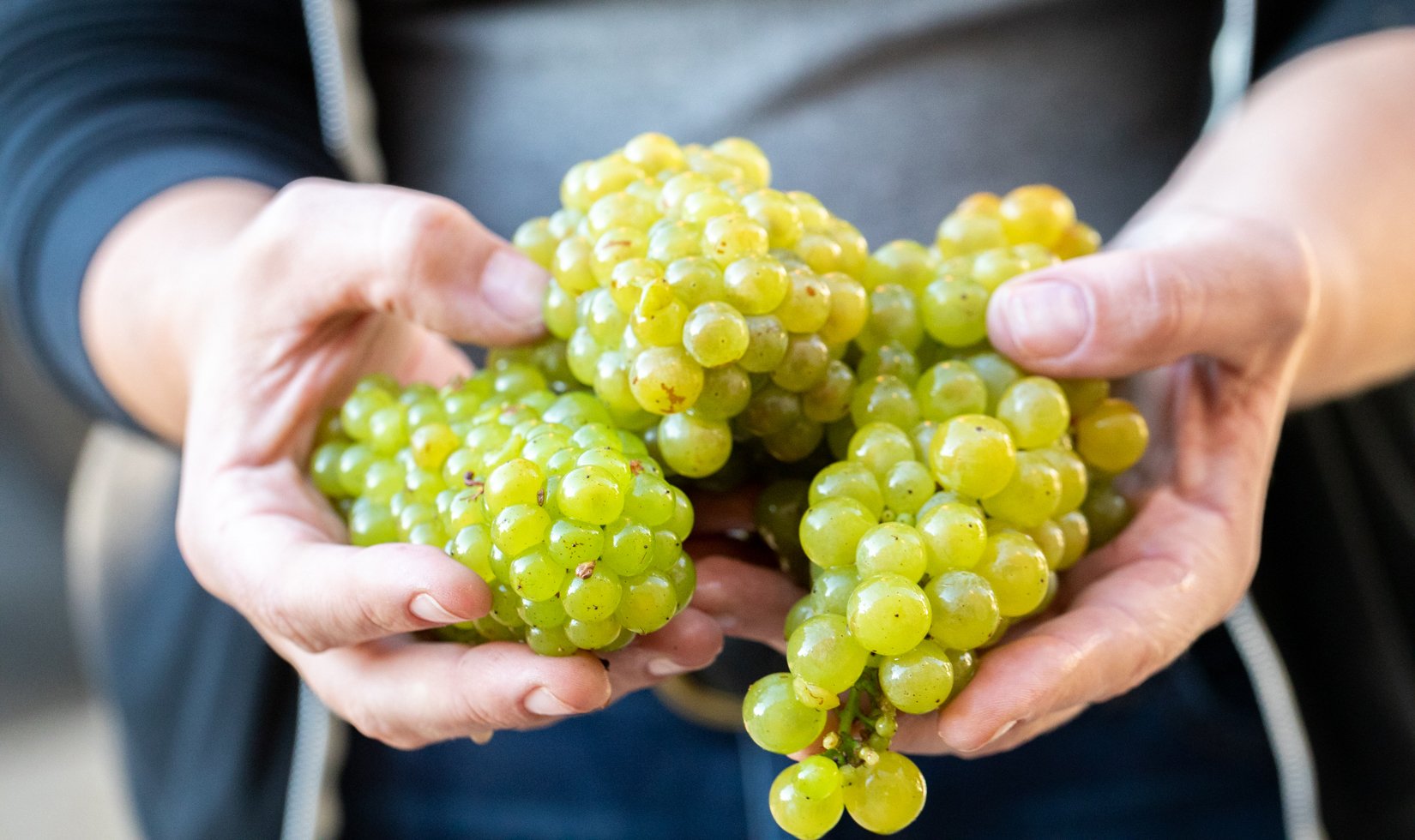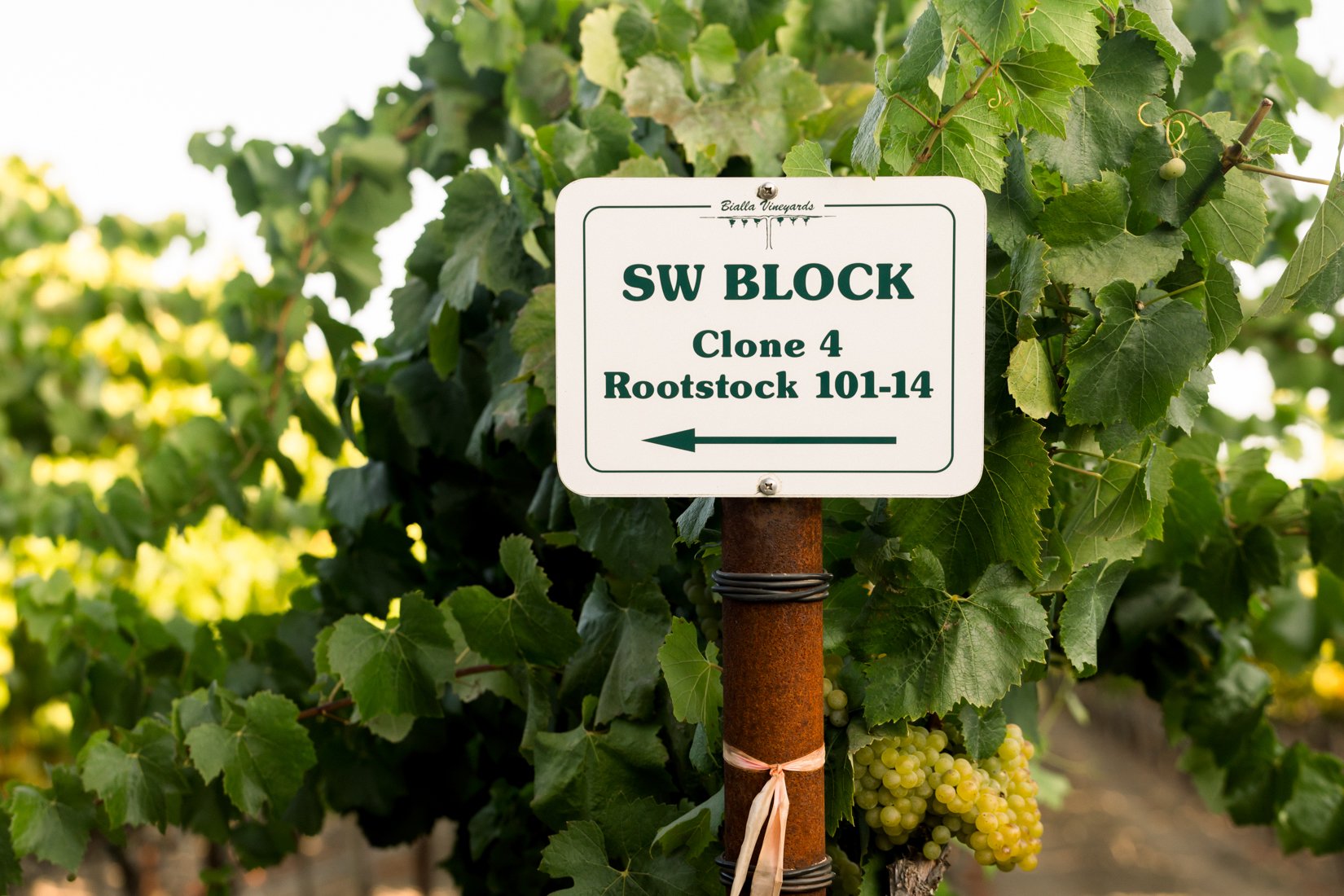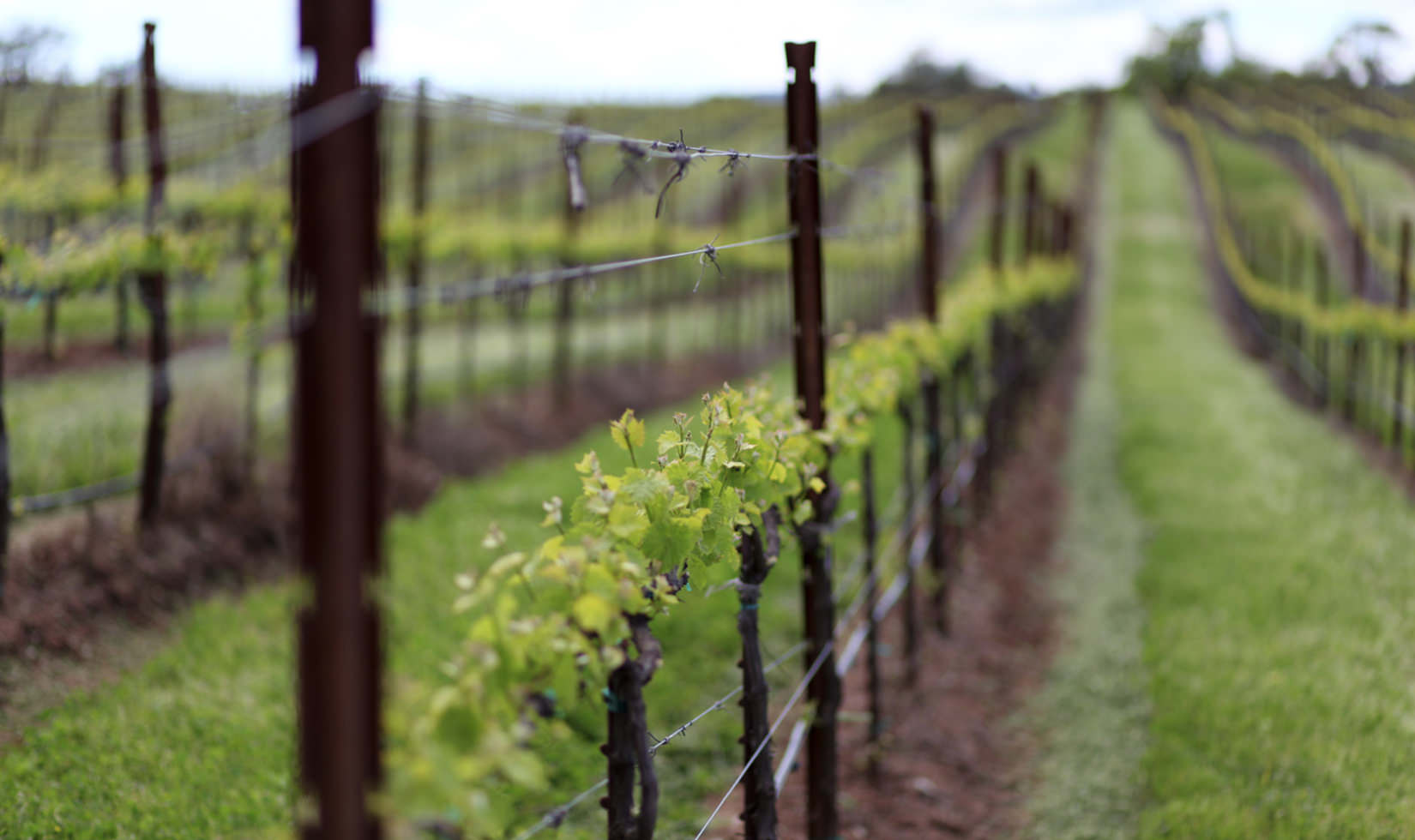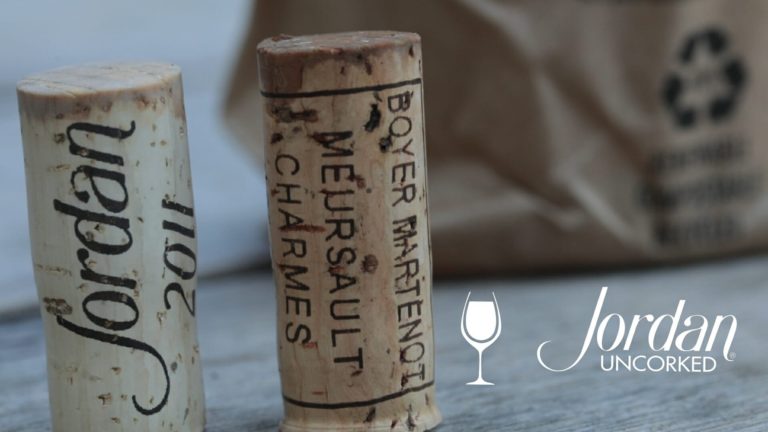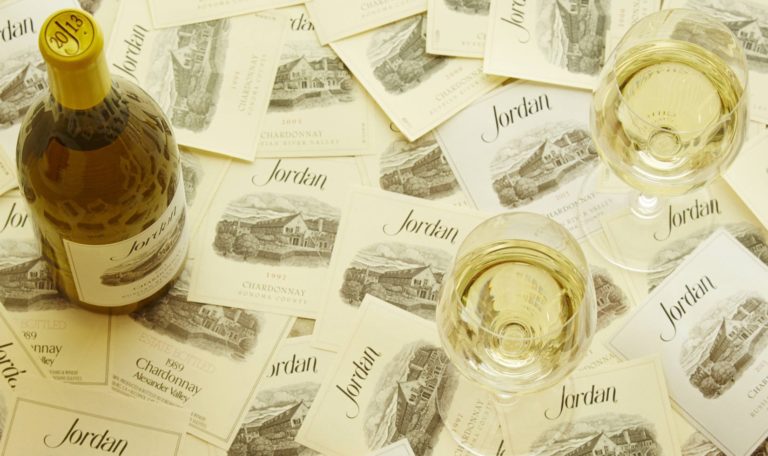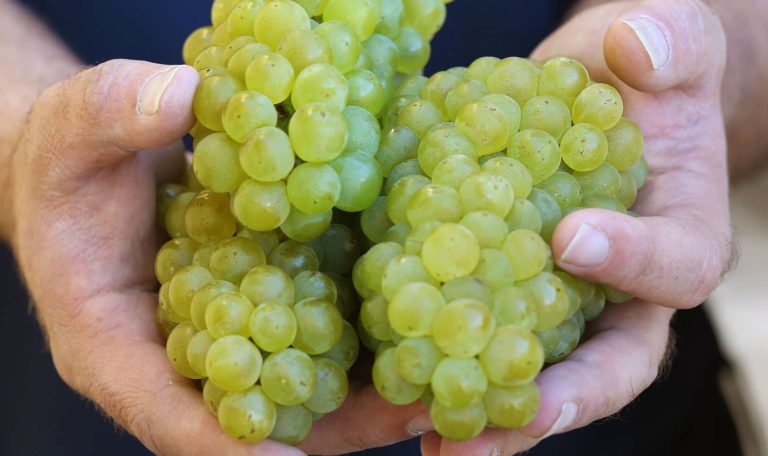Nature often rewards grape growers and winemakers with an excellent vintage the year after an extremely challenging one, and we’re thrilled to report that this was the case with the 2018 chardonnay vintage. On the heels of the difficult 2017 vintage, 2018 reminded us of the 2012 vintage—one of the finest we’ve seen in more than 40 years of winemaking. To celebrate the release of the 2018 Jordan Chardonnay, we’re sharing the four things that made the 2018 chardonnay vintage such a great year for the queen of wine grapes.
The 2018 Chardonnay Vintage Enjoyed Normal Weather
After years of drought, hot summers and early harvests, 2018 returned to what we call the “old normal.” Timing for the entire growing season was three to four weeks later than in recent years and reminded us of classic vintages from the 1990s, when winter temperatures remained cool and brought just enough rainfall. Bud break occurred at a more typical time in late March, and very little rain or wind during the May flowering period resulted in a generous but not excessive cluster count. When fruit set occurred in June, the crop size looked average, but as summer progressed, the clusters filled out beautifully, with much heavier clusters than usual.
The 2018 Chardonnay Vintage Endured No Heat Spikes or Rain
The summer of 2018 had glorious weather, including a return of the late-summer cooling trend more common before the drought years of 2012-2014. August brought its welcomed foggy, cool mornings but without the late-summer heat spikes we witnessed in 2010 and 2017. The only real weather concerns were a single heat spike in June during fruit set, and a little rain in late September. Fortunately, all of Jordan’s Chardonnay grapes were picked before the rain, and the weather was glorious throughout October with cool, foggy mornings and sunny days.
The 2018 Chardonnay Vintage Combined Quality and Quantity
Due to the similarities between 2012 and 2018, we were able to use the 2012 vintage cluster weights to assess the crop level for the 2018 vintage. We’re never sure how many tons of grapes per acre a vineyard block will produce, and while experience helps, growers and winemakers are more often wrong than right when it comes to crop estimates. The 2018 vintage was no exception; rather than producing an average yield as we’d initially expected, cluster sizes in many blocks came in at a record high—just like the 2012 vintage.
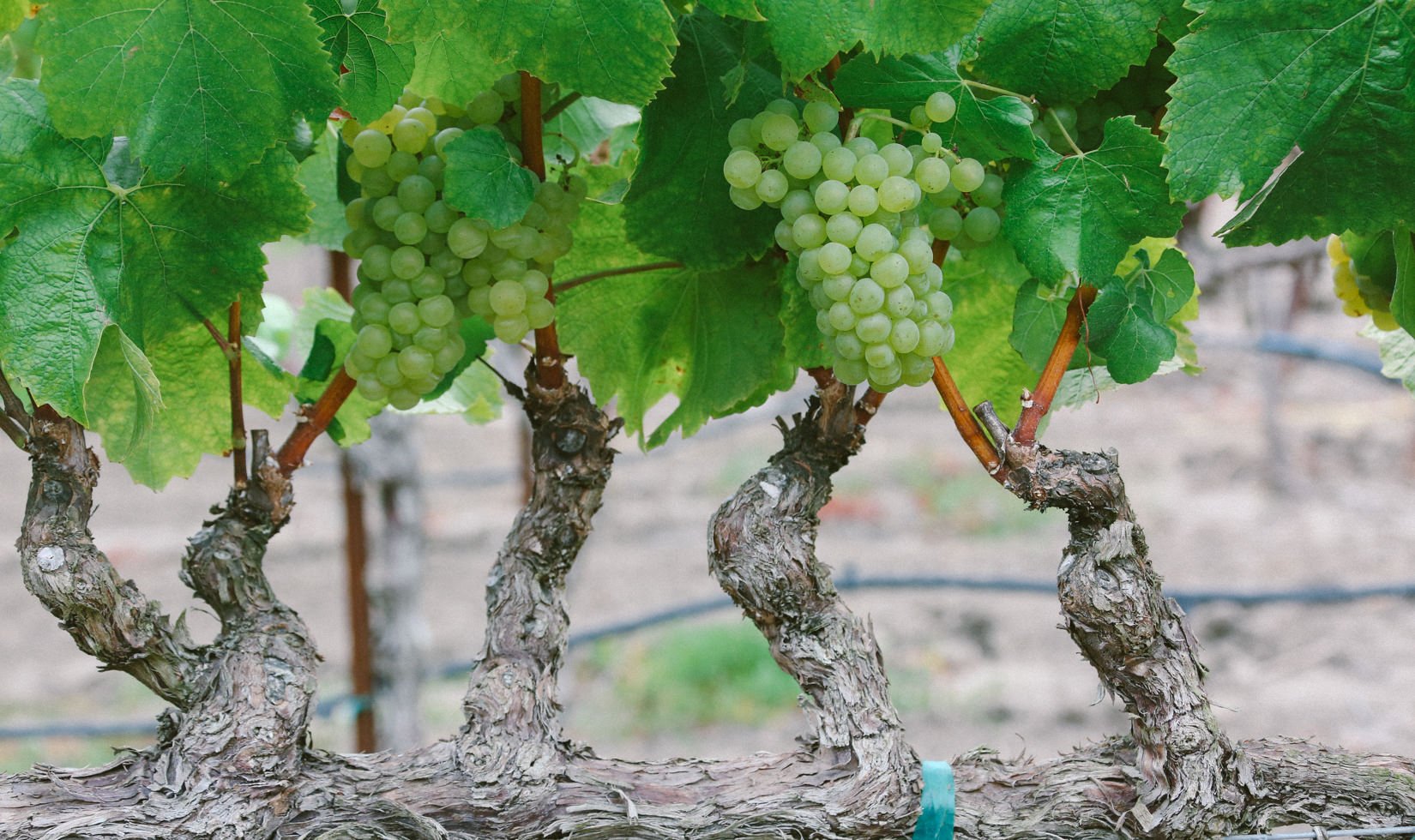
Chardonnay Grapes Enjoyed Extended Hang Time
After the long, cool mornings of August, September enjoyed moderately warm afternoons that ripened the grapes slowly, so we delayed all chardonnay picking to give the grapes more hang time. With no threat of rain in the forecast in early or mid-September, we had the luxury of letting the grapes reach full maturity through extended hang time, concentrating their varietal aromas, mid-palate character and depth of fruit flavor. Picking began September 18 and continued until October 14, which allowed the small berries to develop bright, apple flavors. These were some of the most delicious chardonnay grapes our Russian River vineyards have ever produced, bursting with bright intensity.
